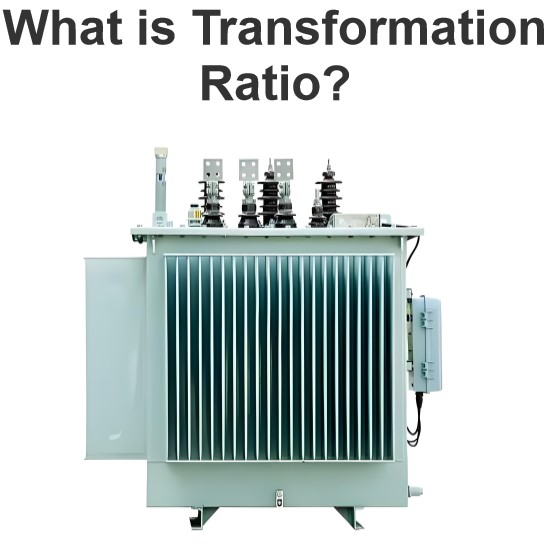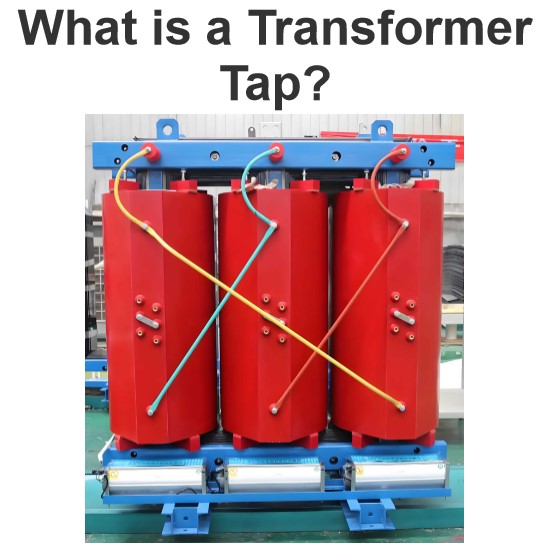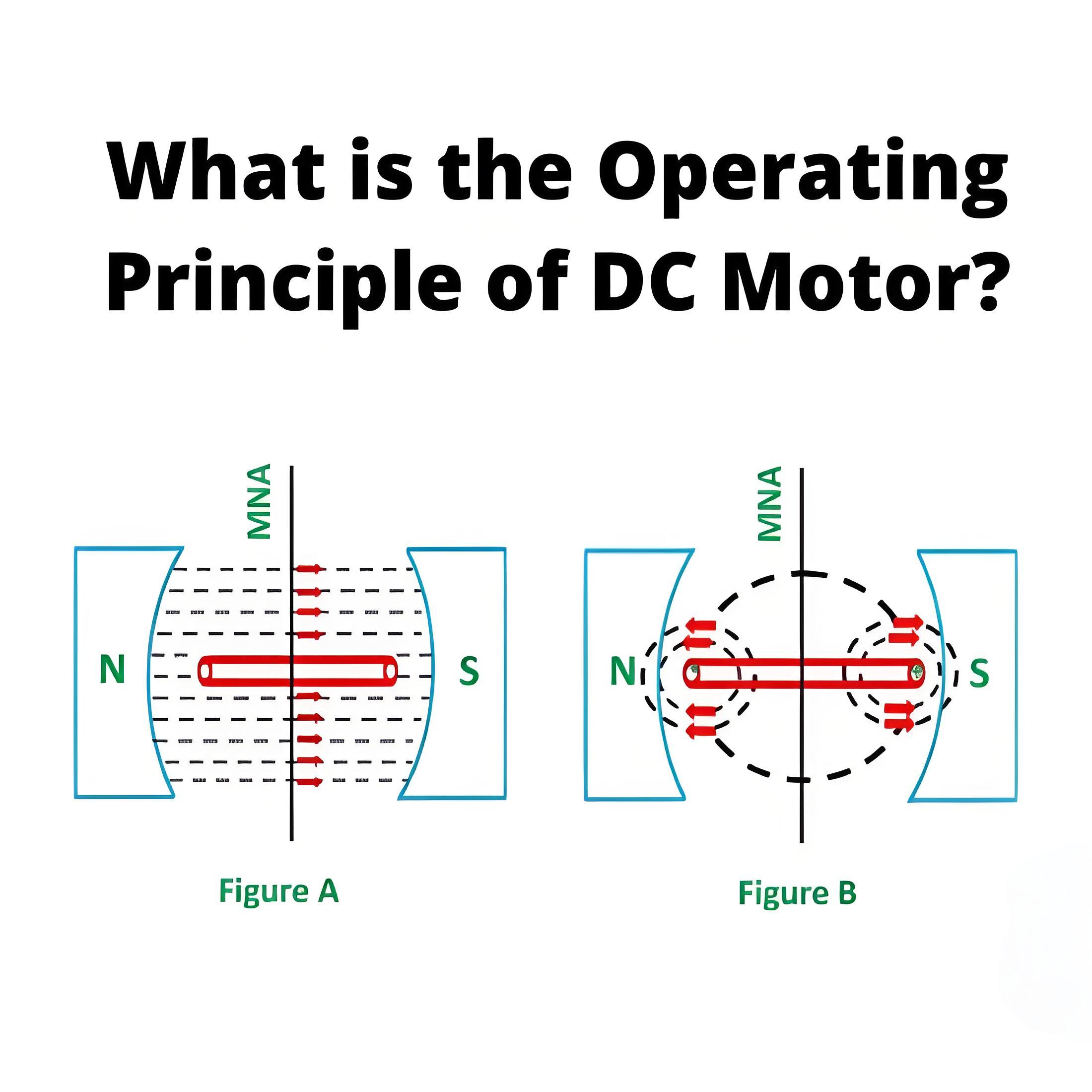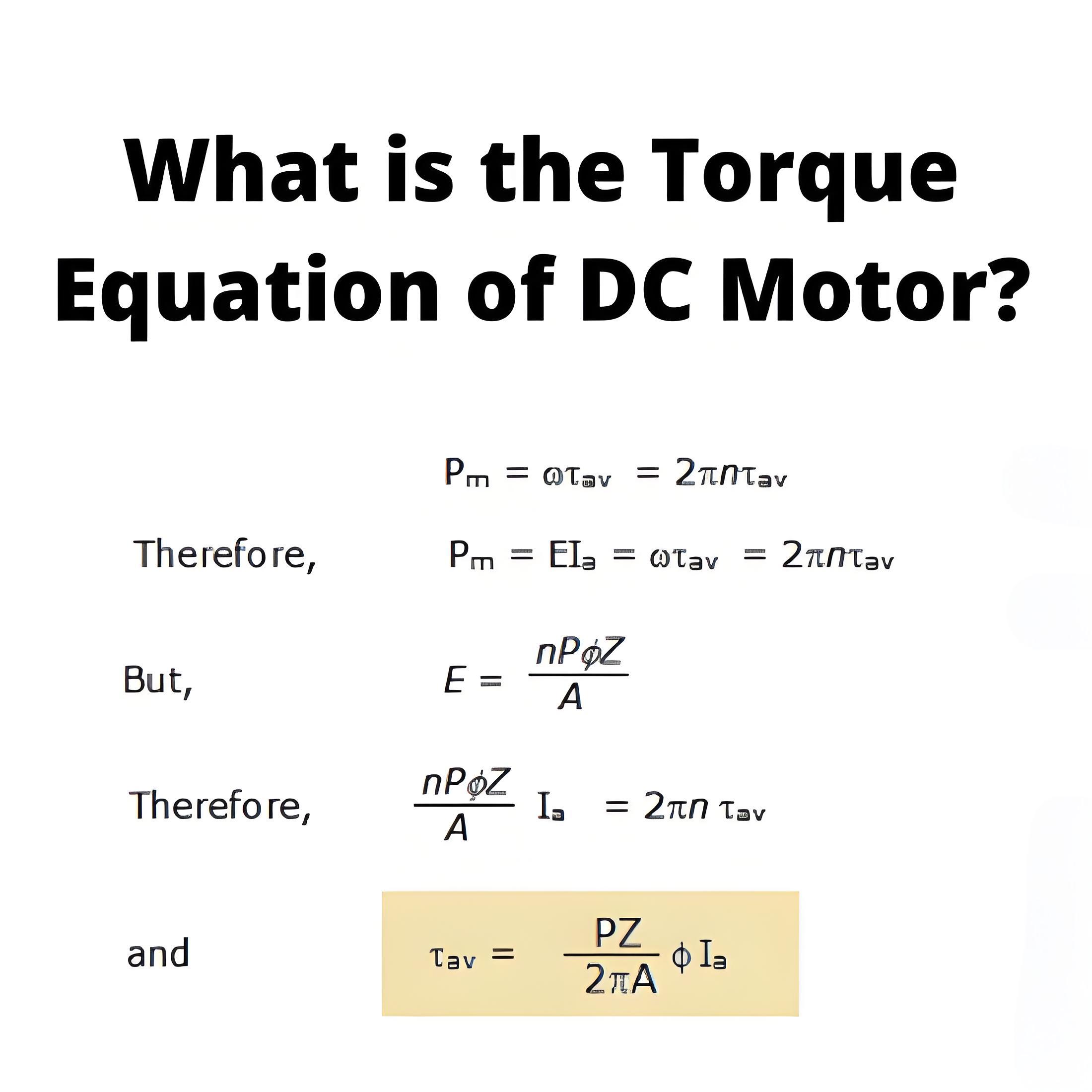Types of DC Generators
DC Generator Types
Permanent Magnet DC Generators – Field coils excited by permanent magnets
Separately Excited DC Generators – Field coils excited by some external source
Self Excited DC Generators – Field coils excited by the generator itself
Self Excited Generator
A self-excited DC generator uses its own output to power its field coils, which can be arranged as series, shunt, or compound wound.
The three types of self-excited DC generators are:
Series Wound Generators
Shunt Wound Generators
Compound Wound Generators
Permanent Magnet DC Generator
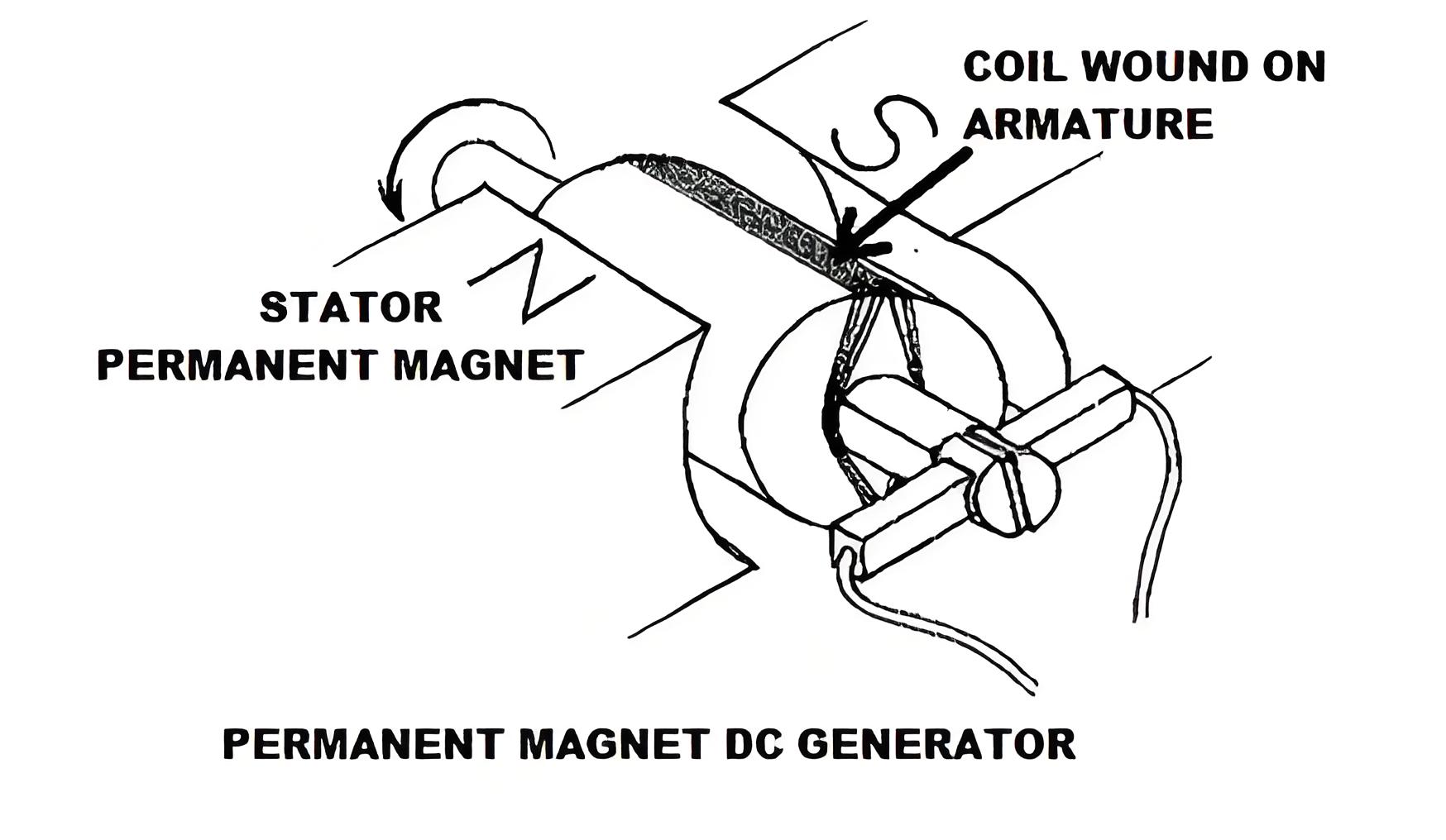
When the flux in the magnetic circuit is created through the use of permanent magnets, then it is known as a Permanent magnet DC generator.
It consists of an armature and one or several permanent magnets situated around the armature. This type of DC generator generates does not generate much power. As such they are rarely found in industrial applications. They are normally used in small applications – like dynamos in motorcycles.
Separately Excited DC Generator
These are the generators whose field magnets are energized by some external DC source, such as a battery.
A circuit diagram of separately excited DC generator is shown in the figure below. The symbols below are:
Ia = Armature current
IL = Load current
V = Terminal voltage
Eg = Generated EMF (Electromagnetic Force)
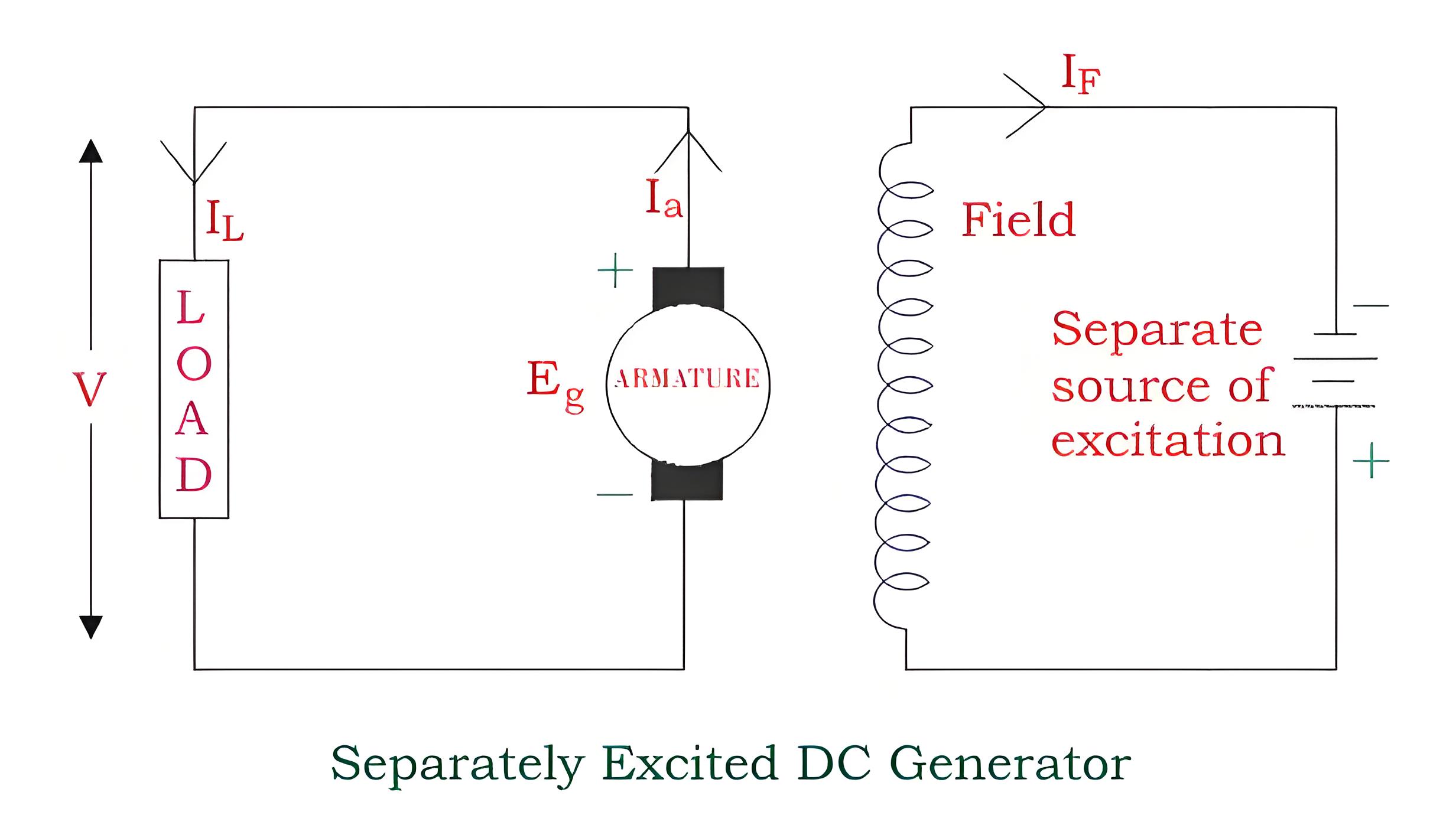
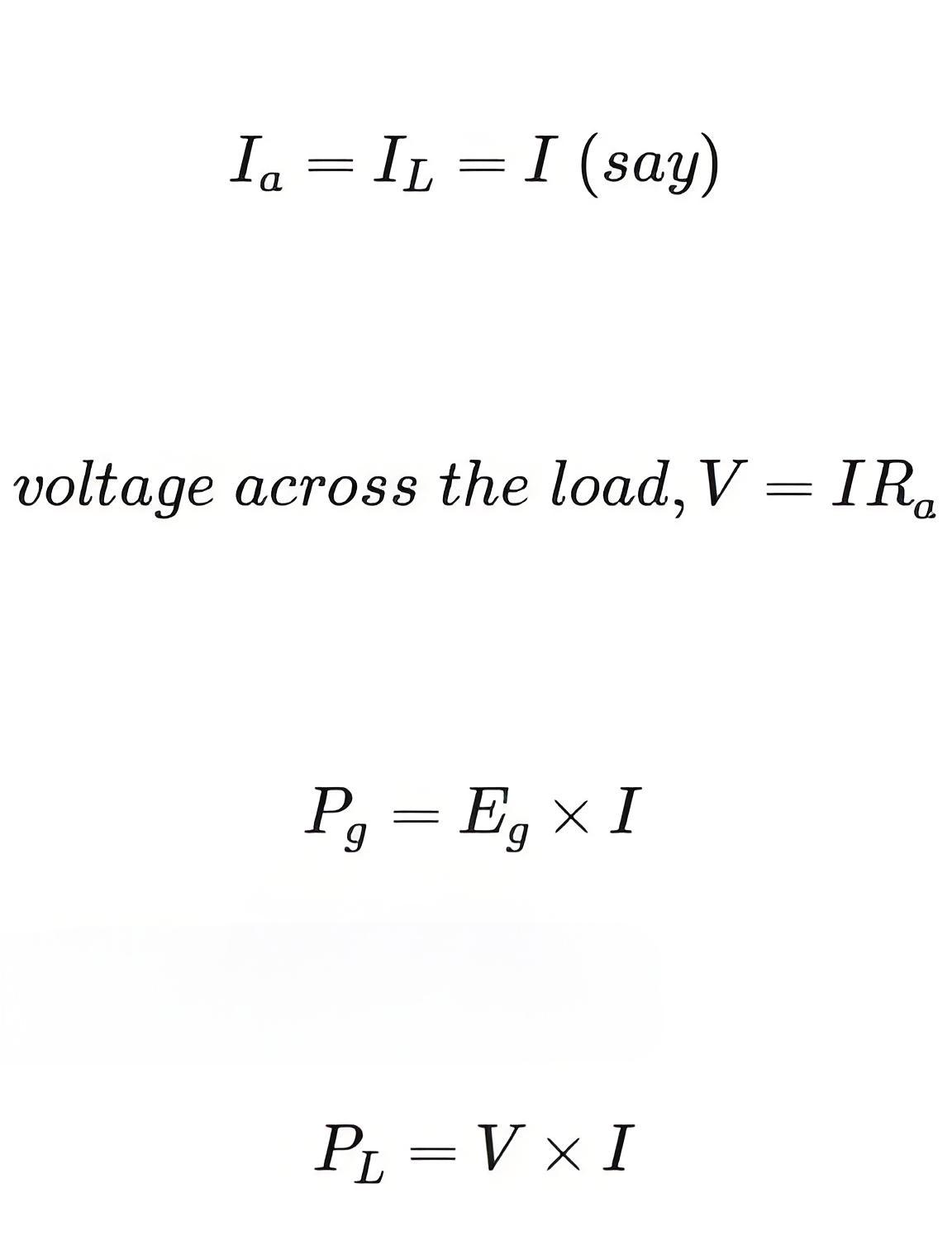
Self Excited DC Generators
Self Excited DC Generators: These generators energize their own field magnets using the current they generate. The field coils in these machines are directly connected to the armature.
Due to residual magnetism, some flux is always present in the poles. When the armature is rotated, some EMF is induced. Hence some induced current is produced. This small current flows through the field coil as well as the load and thereby strengthening the pole flux.
As the pole flux strengthened, it will produce more armature EMF, which cause the further increase of current through the field. This increased field current further raises armature EMF, and this cumulative phenomenon continues until the excitation reaches the rated value.
According to the position of the field coils,self-excited DC generators may be classified as:
Series Wound Generators
Shunt Wound Generators
Compound Wound Generators
Series Wound Generator
In this configuration, the field windings are connected in series with the armature conductors, enhancing the flow of electricity throughout the generator.
Whole current flows through the field coils as well as the load. As series field winding carries full load current it is designed with relatively few turns of thick wire. The electrical resistance of series field winding is therefore very low (nearly 0.5Ω ).
Here:
Rsc = Series winding resistance
Isc = Current flowing through the series field
Ra = Armature resistance
Ia = Armature current
IL = Load current
V = Terminal voltage
Eg = Generated EMF
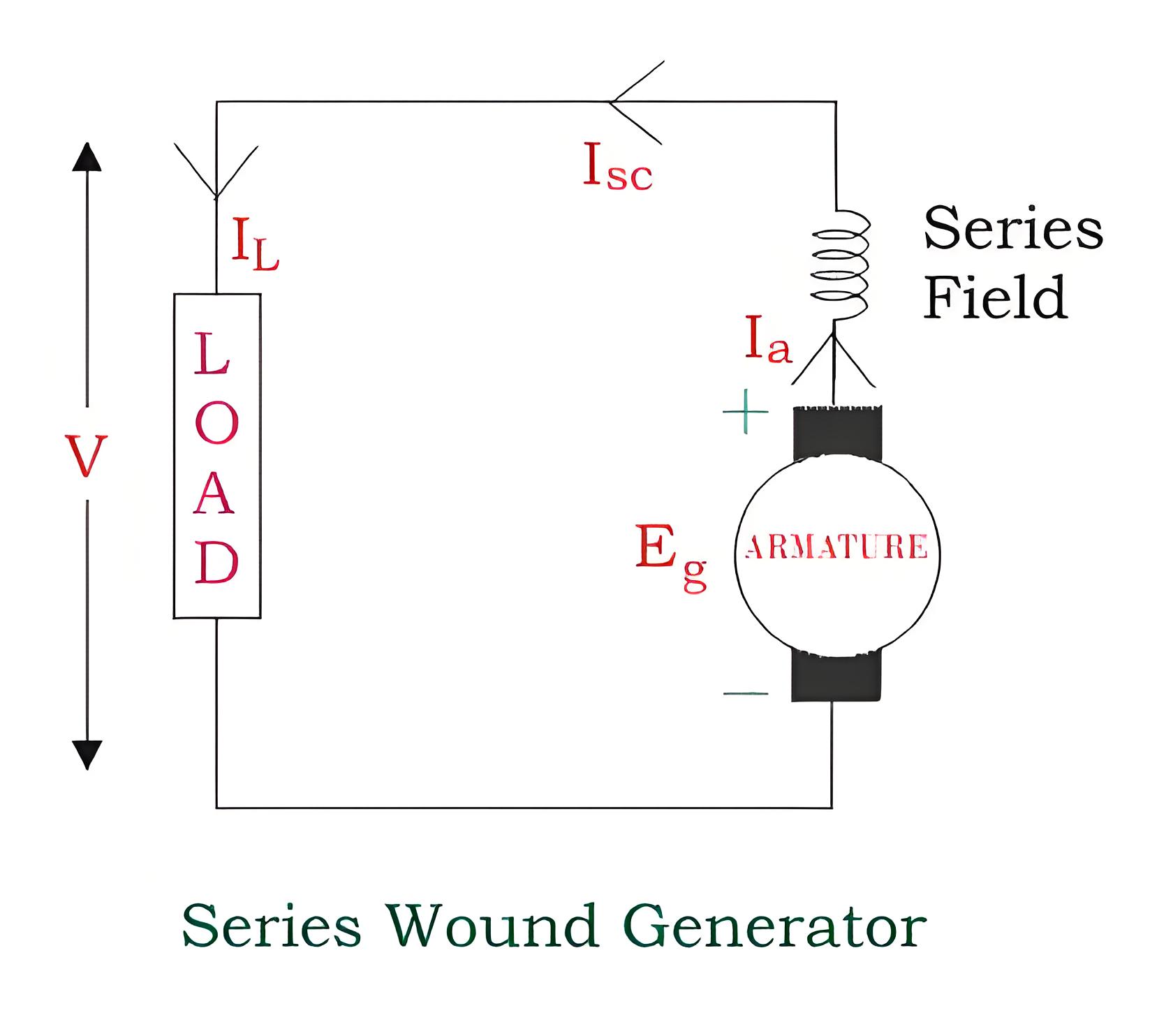

Long Shunt Compound Wound DC Generator
Long Shunt Compound Wound DC Generator are generators where the shunt field winding is in parallel with both series field and armature winding, as shown in the figure below.
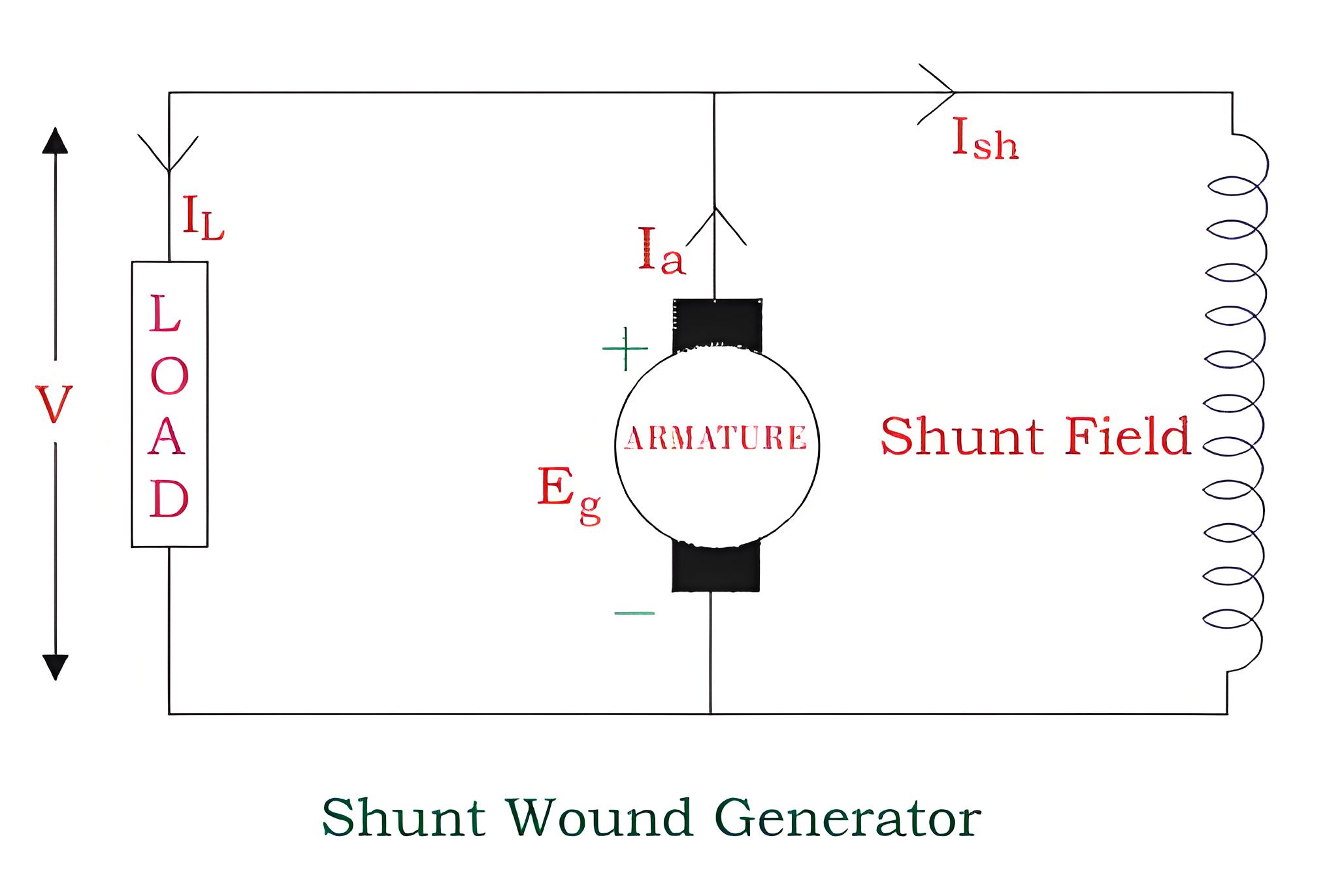
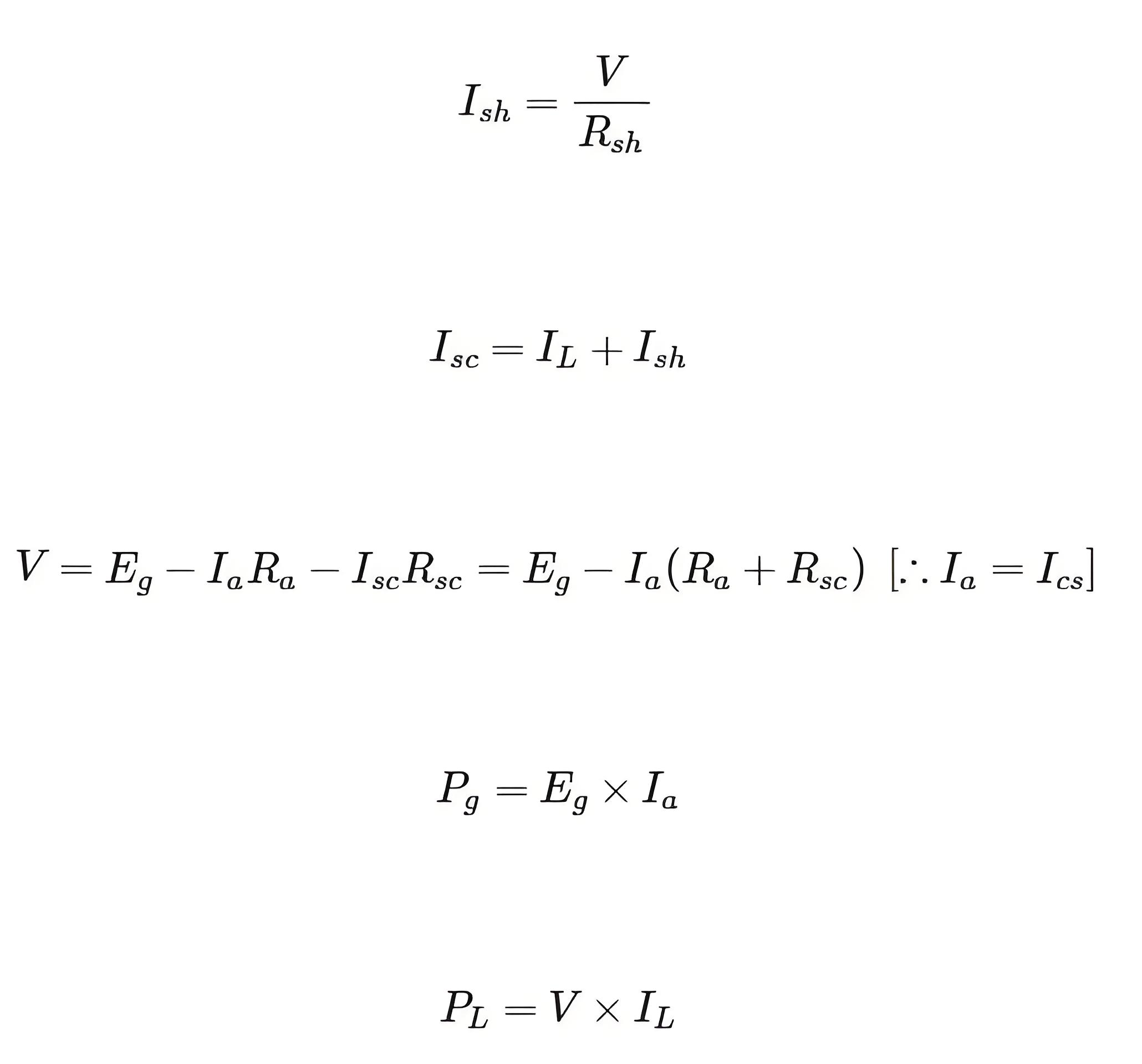
Compound Wound Dynamics
In these generators, the predominant shunt field is supported by the series field, leading to what is known as a cumulative compound configuration.
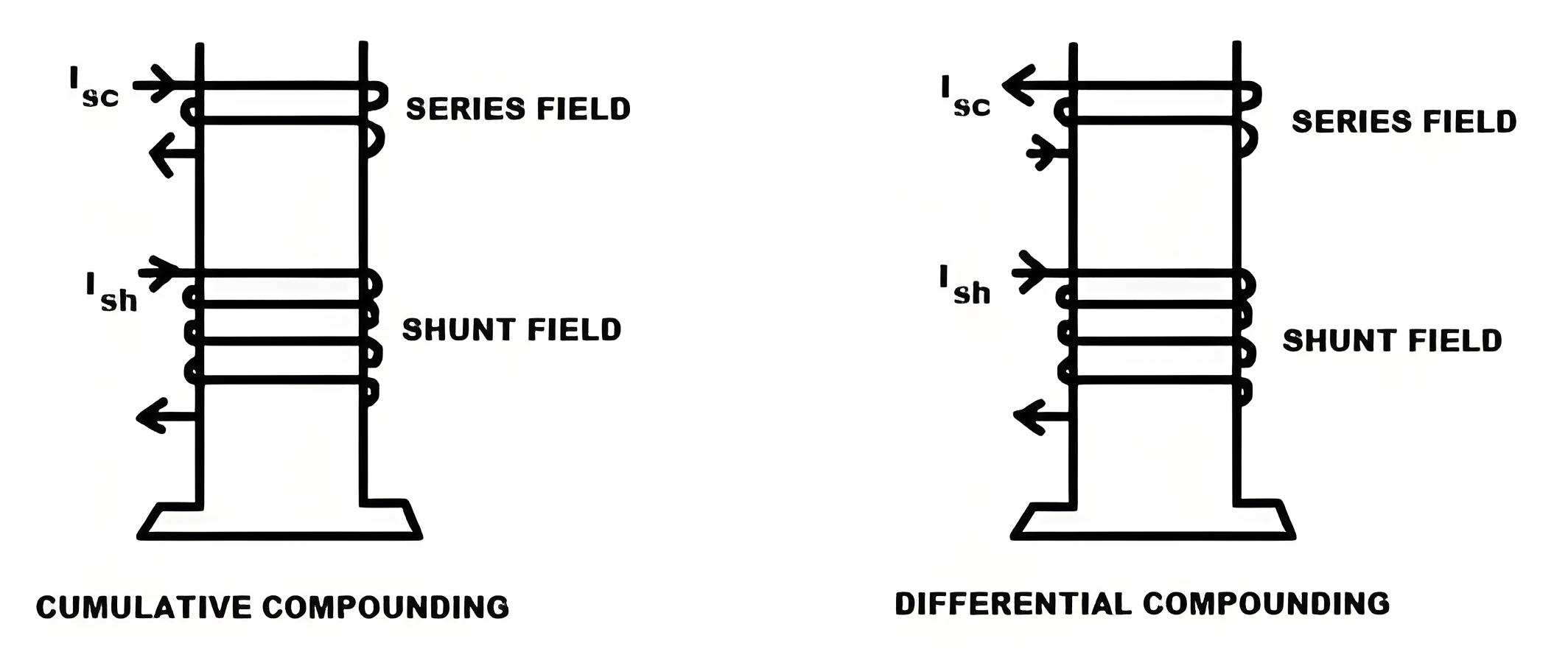
On the other hand, if the series field opposes the shunt field, the generator is said to be differentially compound wound.
Welcome to our electricity community! Established to facilitate the exchange and cooperation in the electricity industry and bridge professionals, enthusiasts, and related enterprises.


